In a landmark discovery, scientists have for the first time detected unmistakable signs of water in the interstellar comet 3I/ATLAS, offering a rare glimpse into the chemical make‐up of an object from beyond our Solar System.
A Relic From Another Star System
3I/ATLAS is only the third known object to travel through our Solar System from interstellar space, making its study a once-in-a-lifetime opportunity for planetary science. What the team found is especially fascinating: ultraviolet observations captured by the Neil Gehrels Swift Observatory revealed hydroxyl (OH) emissions—a chemical fingerprint of water (H₂O) being released. The detection came when the comet was still well beyond Earth’s orbit, a distance where water ice normally remains inert.
Unexpected Activity Far From the Sun
Traditionally, comets begin shedding water as they approach the Sun and their ices sublimate due to heating. In this case, 3I/ATLAS displayed significant water-loss behavior at around three times the Earth-Sun distance. Scientists estimate the outflow to be about 40 kg of water per second, a rate likened to a fire-hose in full force for a comet so far out.
This early and strong water release suggests that the comet’s composition or structural properties differ markedly from typical Solar System comets. One leading explanation is that icy grains are being ejected from the nucleus, then warmed by sunlight and releasing water vapor—rather than direct surface sublimation.
Implications for Planetary Science
This discovery is pivotal for several reasons:
- Interstellar comparison: Detecting water in 3I/ATLAS means researchers can now apply the same metrics used for Solar System comets to one from another star system, opening up comparative planetology of distant solar systems.
- Chemistry of life’s building blocks: Since water is foundational for life as we know it, finding it on an interstellar object strengthens the idea that the chemical ingredients for life may be widespread in the galaxy.
- Variety in cometary behavior: With each interstellar visitor so far showing different traits (one dry, one carbonate‐rich), 3I/ATLAS adds to the growing recognition that comets can vary dramatically depending on their origin, age and formation environment.
What’s Next
The research team plans continued monitoring of 3I/ATLAS as it travels past the inner Solar System and then exits again. Further spectroscopic work will aim to map its volatile composition (water, carbon dioxide, carbon monoxide, etc.), track how its activity evolves with changing solar radiation, and better estimate its size and nucleus structure.
Final Thoughts
The detection of water in 3I/ATLAS is not just a win for comet hunters—it’s a doorway into understanding how planetary materials form and behave across the galaxy. This interstellar visitor brings to our doorstep tangible data about processes happening far beyond our own star. If nothing else, it reminds us the Universe still holds many surprises—and that we’re only beginning to read the messages these space wanderers carry.

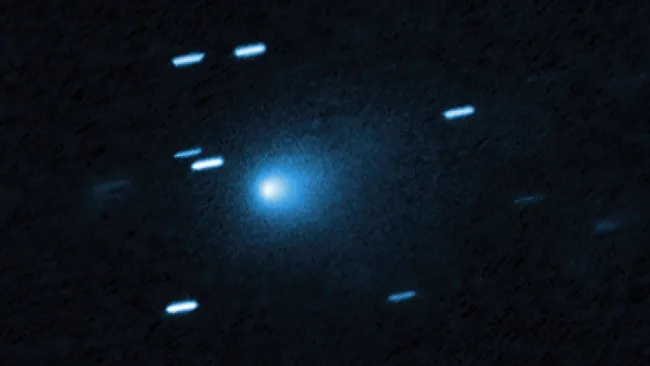



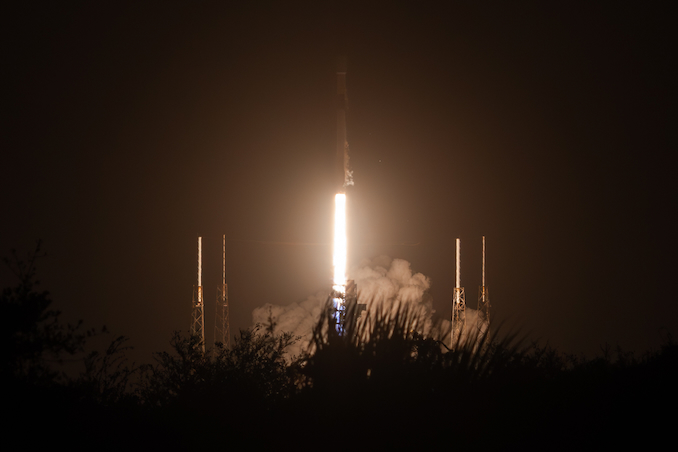
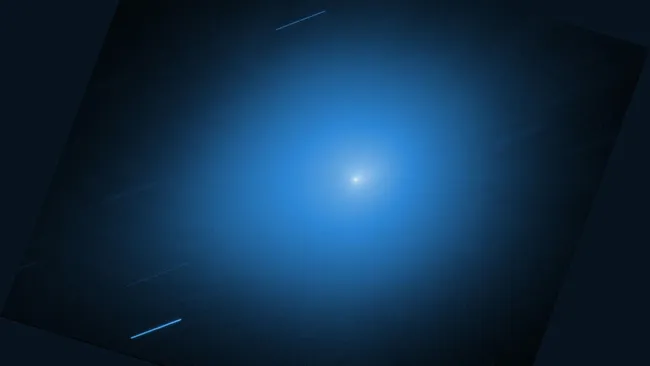
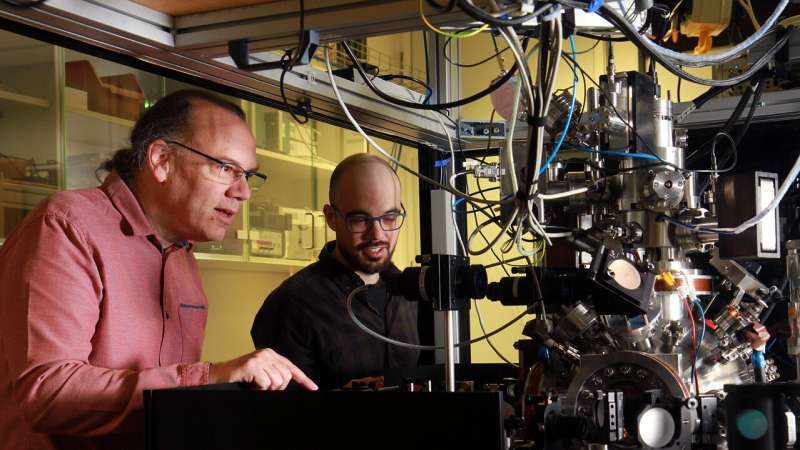
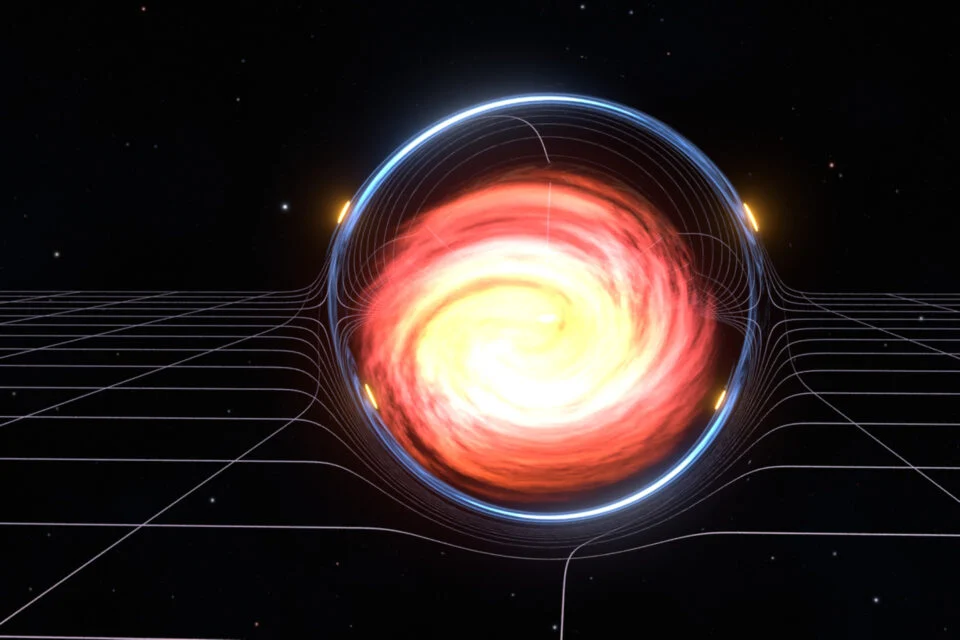

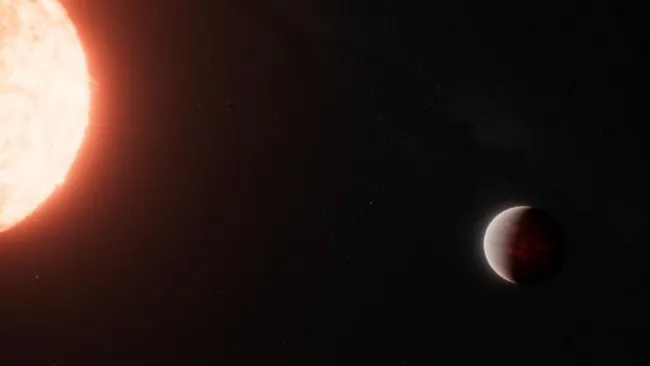





Leave a Reply